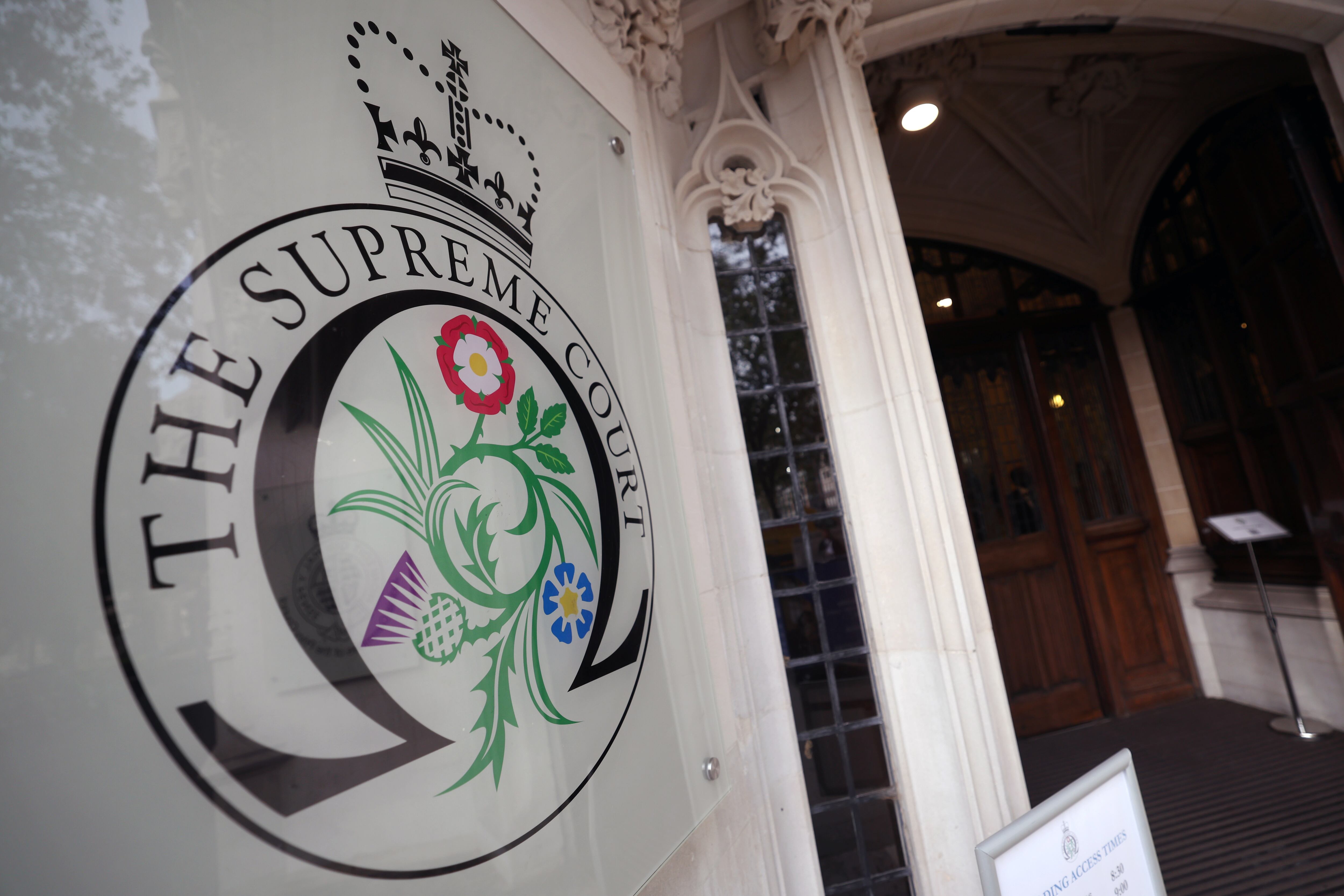Windsor Guildhall, the municipal hall of the pretty Berkshire town wrapped around the castle walls, promotes itself as a wedding venue, a place where people are brought together.
Elton John married Canadian filmmaker David Furnish here. But more appropriately for UK prime minister Rishi Sunak and his subtle messaging towards the loyal unionists of the North, it also held the 2005 nuptials of the then Prince Charles, now king, to Camilla Parker Bowles, now queen consort.
The monarch and his wife celebrate their 18th anniversary on April 9th, the day before the 25th anniversary of the Belfast Agreement that Sunak says he is protecting by agreeing the so-called Windsor framework, a new deal with the European Union to replace the misfiring Northern Ireland protocol that has clogged up trade between the North and Britain.
There was no wedding on Monday, but the Guildhall did become the stage for a renewal of vows: those of co-operation between Sunak’s government and the EU, represented by European Commission president Ursula von der Leyen. It wasn’t quite a love-in of glitzy celebrity or royal wedding proportions, but the atmosphere was still noticeably warmer than any such meetings under any of Sunak’s predecessors since the UK voted in 2016 to quit the EU.
READ MORE
“The United Kingdom and the European Union may have had our differences in the past, but we are allies, trading partners, and friends,” Sunak said as he announced the new deal, while von der Leyen nodded away in agreement.
[ DUP must think quickly as protocol deal puts its holding pattern under pressureOpens in new window ]
The day was highly choreographed, in line with Sunak’s reputation as a stickler for detail. Journalists were summoned to Windsor, 40km west of central London, for 2.30pm. By then, the final deal had already been signed off by both leaders, and Sunak was dialling in to a cabinet meeting to sell the details to his ministers.
The UK government’s official account of the cabinet meeting pointedly records that Suella Braverman, the hawkish home secretary who last week effectively warned Sunak about his negotiating strategy, welcomed parts of the new agreement, including the so-called Stormont brake, which gives the North a say in EU single market laws that might affect it. More subtle messaging from 10 Downing Street.
Journalists were initially corralled across the road in the Castle hotel, before being marched across the road en masse to the Guildhall, like schoolchildren on a tour. They were led up the stairs into the Council Chamber, where portraits of the royals stared down from every wall.
The warmth started flowing between both sides, replacing six years of near-enmity. Even if it was a bit performative, it was still a sea change
At bang on 3.30pm, Sunak and von der Leyen swept into the room, minutes after their entourages arrived looking relieved, presumably because the deal was in the bag and now had the thumbs up from other British ministers.
Among those present were Pedro Serrano, the EU’s new ambassador to Britain, and Chris Heaton-Harris, the one-time Brexiteer ultra and former chairman of the Tory hardline European Research Group. He is now the Northern Ireland Secretary and one of Sunak’s top negotiators. His imprimatur, and that of another Brexit hardman, Steve Baker, now a minister for the North, may go some way towards convincing nervous unionists and Tory Brexiteers that the deal is one they should live with.
Sunak and von der Leyen took their places at lecterns at the top of the Council Chamber, beneath an enormous glittering chandelier, which is on loan from the royal family. The prime minister opened proceedings with a solemn tribute to John Caldwell, the PSNI officer who was shot and critically wounded last week in Omagh in an attack suspected to be the work of dissident republicans. “Those trying to drag us back to the past will never succeed,” said Sunak.
And then the warmth started flowing between both sides, replacing six years of near-enmity. Even if it was a bit performative, it was still a sea change.
[ Windsor Framework: How the new deal on the Northern Ireland protocol will workOpens in new window ]
Sunak hailed the “decisive breakthrough” of the Windsor framework, which includes complex new trading arrangements for the North that mean its supermarkets and pharmacies can freely sell anything that can be imported from Britain, overturning previous restrictions on items such as British sausages that fell foul of EU food import rules.
The EU has also conceded the UK government’s right to set all VAT and duty rules in the North, which previously had different arrangements more closely linked to the EU due to the continuance of single market rules there.
Von der Leyen, meanwhile, spoke directly to Sunak in her speech, instead of out into the room at the journalists, who were seated on banqueting chairs like the guests at a wedding. The two leaders started locking eyes every few seconds, one nodding and smiling while the other spoke. Von der Leyen at one point even referred to the prime minister as “dear Rishi”.
“We knew it was not going to be easy [to reach a deal],” she said. “[This] new framework will allow us to begin a new chapter ... a stronger UK-EU relationship, shoulder to shoulder now and in future.”
And then the leaders swept out of the room as quickly as they came in, down the stairs and out the side door to a fleet of black cars with blacked-out windows, idling in front of the Prince Harry pub. A crowd of onlookers had gathered, all with cameras in hand. All that was missing was the confetti.
















